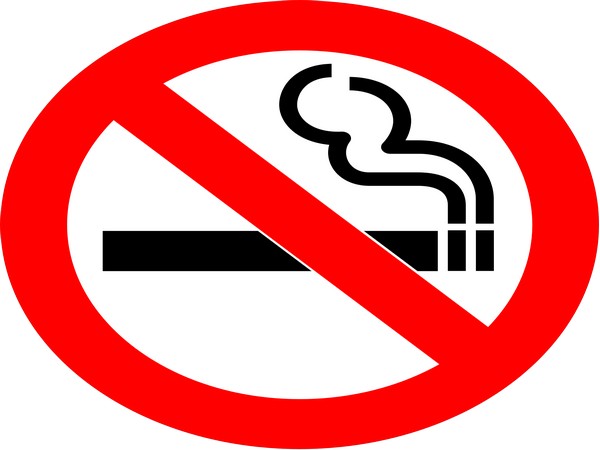Washington D.C. [USA], Dec 09 (ANI): According to a new study, graphic warning labels on cigarette ads have the same anti-smoking effect as similar warning labels on cigarette packs.
The labels which contain images such as bleeding, cancerous gums and lips also cancel out the effect of ads that prompt children to think of smoking as cool, rebellious and fun, according to the research. The study was published in the journal ‘Health Education Research.
“This study suggests the value of graphic warning labels extends beyond just getting people to have more negative feeling about smoking. It also seems to have the added benefit of reducing the influence of ‘social cue’ ads that entice young people to want to smoke in the first place,” said study author Jeff Niederdeppe.
Researchers studied the graphic warning labels’ effect on 451 adult smokers and 474 middle schoolers in rural and urban low-income communities in the Northeast. Each participant was randomly assigned a set of six ads. Some saw ads with social cues – such as a group of smiling people taking a selfie with a graphic warning label covering 20 percent of the ad. Other groups saw ads with various combinations of text-only warnings, graphic warnings, the current surgeon general warning, brand imagery and social cues.
Using Cornell’s mobile media lab, researchers tracked study participants’ eyes to measure what parts of the ad they looked at and for how long. After viewing the ads, participants reported the degree to which they felt negative emotions, including anger, fear and sadness.
The graphic warning label drew viewers’ attention away from ads and toward the warning, regardless of whether the warning was graphic or text only, more than the current surgeon general warning.
The graphic warning labels also aroused more negative feelings than the text-only labels and reduced the children’s perceptions that cigarette brands are attractive and exciting.
“That’s important because there’s pretty good evidence that the visceral reactions to these warnings are the main driver of their effectiveness. These ads are trying to create a positive brand image, and the graphic warning labels help suppress that,” said Niederdeppe.
The study also found participants felt the same levels of negative emotion whether they looked at a graphic warning label covering 20 percent of a full-page ad or 50 percent of a much smaller cigarette pack.
“We were pleasantly surprised that the levels of negative emotion were equivalent between those two conditions. It suggests that 20 percent coverage on an advertisement is a high enough threshold to create the negative emotion,” added Niederdeppe. [source_without_link]ANI[/source_without_link]

